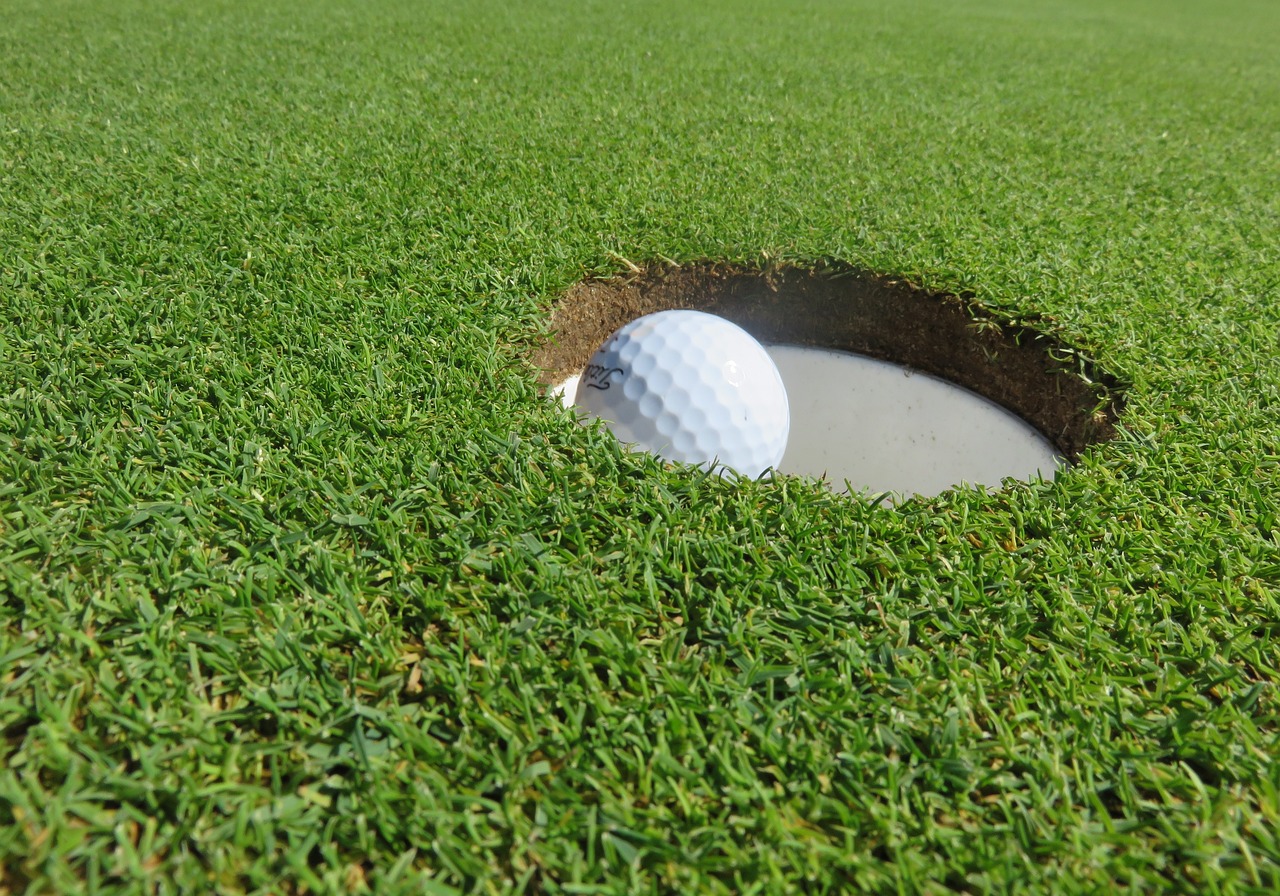Golf Courses Need Special Fertilizer for Healthy Turf
Golf courses are some of the most carefully maintained outdoor spaces in existence. Every aspect of their design, from the shape and size of the greens to the composition and arrangement of bunkers, is designed with precision. Even when it comes to feeding the turfgrass on golf courses, a special form of fertilizer is used that’s specifically tailored to meet their needs.
From providing essential nutrients like nitrogen and phosphorus to enriching soil health or helping prevent disease outbreaks – golf course fertilizers play an important role in keeping these manicured spaces looking their best all year round. So what exactly do golf courses use for fertilizer? Let’s take a closer look at how this specialized form of nutrition helps maintain healthy turf on golf courses everywhere.
The Benefits Of Golf Course Fertilizer
Golf course fertilizers typically contain three macro-nutrients: nitrogen (N), phosphorus (P) and potassium (K). These elements are essential for maintaining lush green grassy surfaces because they help promote growth, color and texture within plants like turfgrass varieties commonly found on putting greens around the world. Additionally, certain micronutrients can be added into fertilizers used by professional groundskeepers depending on local environmental conditions or other factors that could potentially affect plant health over time such as soil pH levels or pest infestations.
These specially formulated products also often include herbicides to control weed growth since excessive weeds can interfere with game play by making it difficult for players to accurately read putts or determine which way a ball will roll along an uneven surface caused by competing vegetation trying to establish itself alongside established grasses. Specialized fungicides may also be included depending upon the type of fungus common in a particular region – especially during wet seasons when fungi tend towards rapid propagation due to frequent rainfall events that provide plenty of moisture needed for spores germination and spread across playing surfaces quickly if left unchecked without adequate prevention methods in place beforehand..
Types Of Golf Course Fertilizers
There are two main types of fertilizer used on golf courses – granular slow release fertilizers which slowly disperse nutrients over time versus liquid quick release fertilizers which act more immediately but don’t last as long after application due primarily due higher volatility rates associated with liquid content evaporating faster than granular particles under typical environmental conditions encountered outdoors throughout various seasons throughout any given calendar year worldwide. In general , granular applications tend towards becoming standard practice amongst many professionals as they offer quality results while being less labor intensive overall due lower user involvement requirements compared against those associated with applying liquids manually instead via spraying equipment usually operated specifically by individuals trained in its usage properly before implementation out onto playing fields regularly each season yearly.
Conclusion
Ultimately, having access to high quality specialty fertilizer designed specifically for use on golf courses is key when it comes ensuring lush, healthy turf year round even under extreme climates during extended periods high heat combined with extended drought conditions . Professional groundskeepers must keep up-to-date knowledge concerning current best practices available today so they can make informed decisions about what type product should employed given any particular situation encountered out there working hard every day achieving pristine beauty outcomes desired all across planet Earth!

